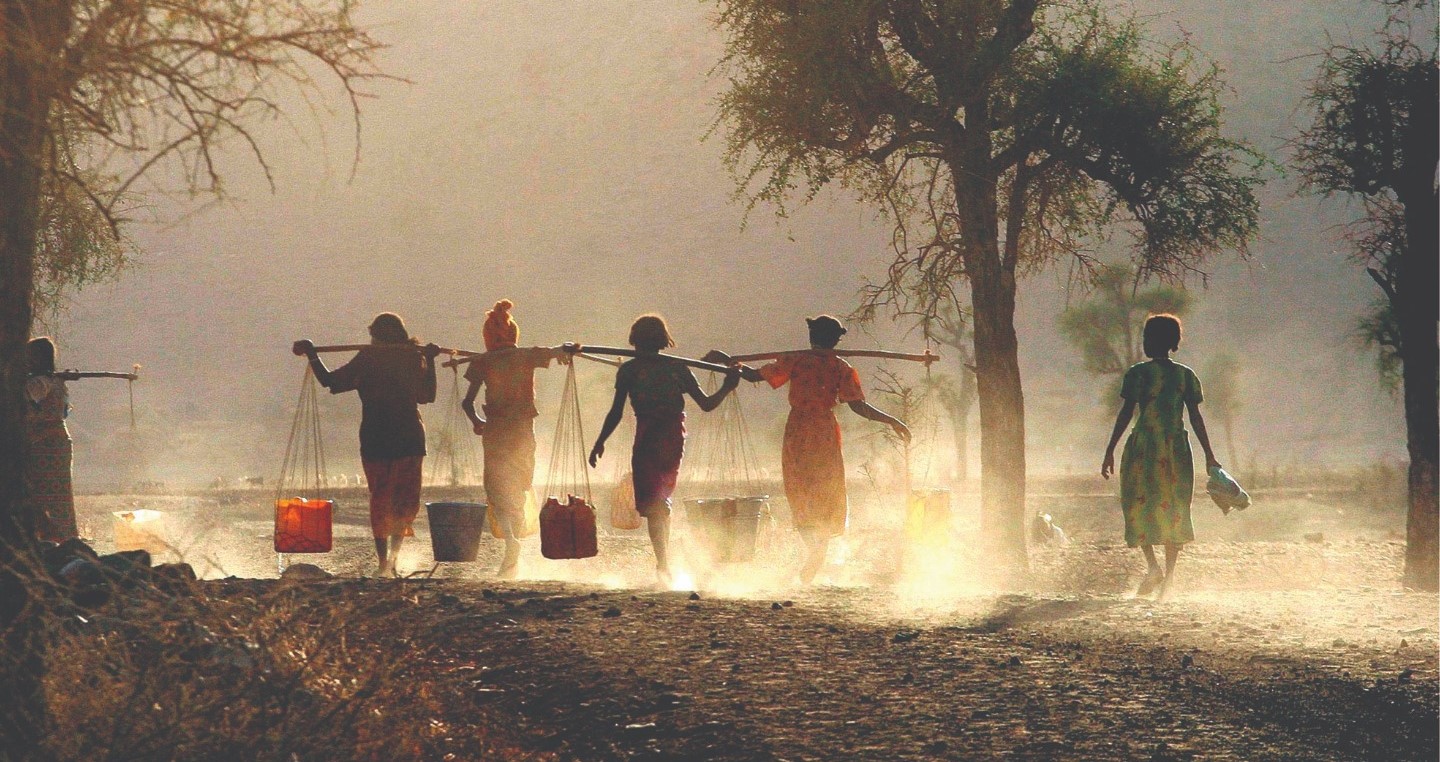Small-scale producers are central to Africa’s forest restoration efforts
IFAD Asset Request Portlet
Asset Publisher
Small-scale producers are central to Africa’s forest restoration efforts
Estimated reading time: 3 minutes
Forests are one of Africa’s most important natural resources. They form the cornerstone of many different ecosystem functions, including regulating the natural water cycle, preventing soil erosion, creating habitats that preserve biodiversity, absorbing greenhouse gases, and acting as natural flood barriers.
Yet despite the important role they play, Africa’s forests are under threat. The continent is losing four million hectares of forest annually as a result of mining and extraction, road development, agribusiness and biofuels, in addition to illegal logging, fires, subsistence agricultural expansion and charcoal collection.
Millions of people in rural areas depend on forest resources for their food, shelter and jobs. Unfortunately, while large-scale infrastructure development is largely responsible for forest cover decline, rural communities also contribute to its loss by routinely cutting down trees to create space for their crops and livestock. Ironically, this practice has led to reduced agricultural productivity, thus compromising the well-being of rural Africa.
Nevertheless, we can ensure that small-scale farmers and rural communities can play a central role in reversing this trend by engaging them in forest restoration efforts that offer them direct economic or social benefits. The IFAD-supported FReMP project in Eritrea and UTaNRMP project in Kenya are already making great strides forward in this regard.
Two projects restoring Africa’s forests
In Eritrea, FReMP is promoting the sustainable use of marine resources as a way of improving the livelihoods of coastal communities. The project has planted over 2,400 hectares of halophytes (salt-tolerant plants) and more than 140 hectares of mangrove. These act as a breeding ground for fish, provide fodder for animals and help protect the marine ecosystem from soil erosion. Although the mangroves are yet to fully mature, fishers are already seeing increases in the amount of fish in the area.
In Kenya, meanwhile, efforts by UTaNRMP to restore and rehabilitate degraded sections of the Aberdares and Mount Kenya forests are paying off. The project trains community groups on participatory forest management, seedling production, forest rehabilitation and restoration. Farmer groups generate income from their conservation efforts by engaging in sustainable livelihood activities such as selling tree seedlings, planting fruit trees, beekeeping and eco-tourism. In total, over 3,000 hectares of degraded forest land have been rehabilitated, and over two million tree seedlings have been planted, benefiting about 77,000 members of these communities.
UTaNRMP, in collaboration with public and private sector partners, is also helping to develop local infrastructure. For example, the project has supported the construction of solar-powered electric fencing to separate wildlife from communities living at the edge of the forest. This initiative has helped farmers protect their crops from damage, reduced wildlife-related injuries by over 90 per cent, and contributed to the restoration of up to 12 per cent of the forest land. The project has also introduced high-efficiency cook stoves and alternative fuels like biogas, reducing the amount of firewood used by the community by half.
The link between natural resource management and improved livelihoods
Sustainably managed forests are key to combating climate change, eradicating poverty, achieving the Sustainable Development Goals, and safeguarding food security and conserving biodiversity for millions of people living in rural areas.
Restoring degraded forests has tangible economic, social and environmental benefits - In addition to supporting local ecosystems and combating the effects of climate change, restoration efforts can generate an estimated US$7-US$30 in economic benefits for every dollar invested.
It is therefore crucial for rural communities to enjoy the direct benefits of forest restoration if these efforts are to be sustained. As they not only help improve their livelihoods, but also bolster their local ecosystem and ensure their food systems remain productive and sustainable.
Publication date: 16 September 2021
